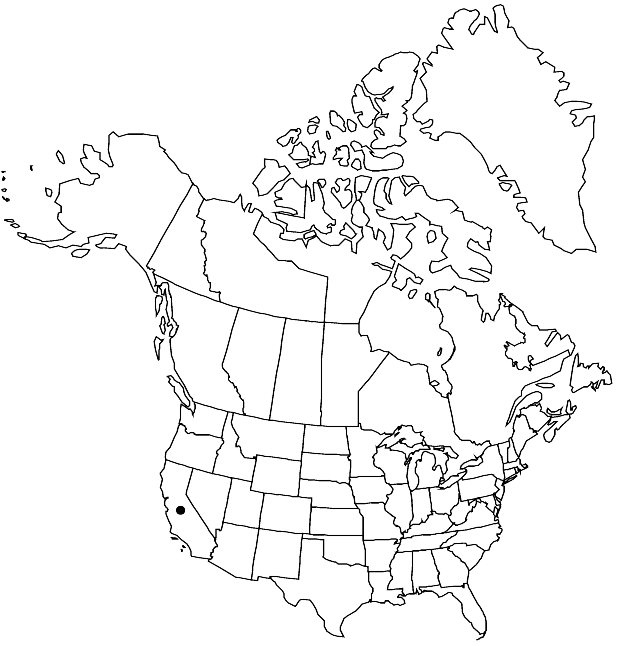Erysimum menziesii
Oesterr. Bot. Z. 39: 283. 1889.
Biennials or perennials; (short-lived). Trichomes of leaves 2–5 (–7) -rayed on adaxial leaf surface. Stems erect, unbranched or branched distally, 0.2–2.5 (–3.5) dm. Basal leaves: blade (fleshy or not), spatulate, 2–10 cm × 5–15 mm, base cuneate, margins dentate, entire, or lobed, apex obtuse. Cauline leaves (distal) sessile or short-petiolate; blade margins entire or dentate. Racemes elongated slightly in fruit. Fruiting pedicels horizontal to divaricate, slender, narrower than fruit, 4–15 mm. Flowers: sepals oblong, 7–14 mm, lateral pair saccate basally; petals yellow, usually suborbicular, rarely obovate, 15–30 × 6–14 mm, claw 10–15 mm, apex rounded; median filaments 10–13 mm; anthers linear, 3–4 mm. Fruits widely spreading or divaricate, linear, straight, not torulose, 3–14 cm × 2–4 mm, terete when green, becoming latiseptate when dry, not striped; valves with obscure midvein, pubescent outside, trichomes (2 or) 3 or 4 (or 6) -rayed, glabrous inside; ovules 32–74 per ovary; style cylindrical, slender, 0.3–2 mm, sparsely pubescent; stigma 2-lobed, lobes as long as wide. Seeds oblong (compressed), 1.8–2.8 (–3.5) × 1–2 mm; winged distally (wing narrow all around). 2n = 36.
Phenology: Flowering Jan–Aug.
Habitat: Stabilized coastal sand dunes
Elevation: 0-300 m
Discussion
Of conservation concern.
Erysimum menziesii is restricted to the coasts of Humboldt, Mendocino, and Monterey counties. R. A. Price (1993) divided the species into four subspecies, three of which were invalidly published.
Selected References
None.
Lower Taxa
"wide" is not a number."elongated" is not a number."narrower" is not a number."thick" is not a number."dm" is not declared as a valid unit of measurement for this property."dm" is not declared as a valid unit of measurement for this property.
